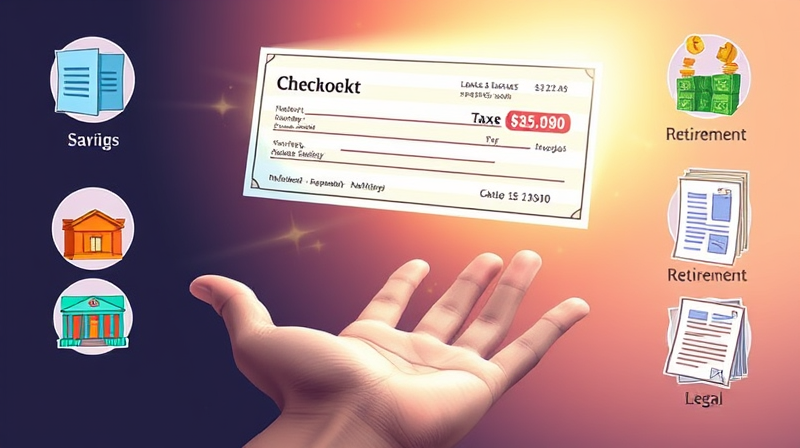
Taking the leap from renter to homeowner is both exhilarating and daunting. With careful planning and an informed approach, you can turn your vision of a place to call your own into reality.
Before you start browsing listings or setting appointments, pause to consider your current financial standing. Homeownership is a long-term commitment with ongoing expenses. It’s essential to have a firm grasp on your income, spending habits, debts, and savings.
Begin by creating a budget that tracks every dollar coming in and going out. Review pay stubs, bank statements, and credit card bills. Identify areas where you can trim discretionary spending and redirect those funds toward savings. Additionally, reflect on job security and potential life changes—whether that’s starting a family, pursuing further education, or transitioning careers.
Your credit score plays a pivotal role in determining your mortgage options and interest rates. Most conventional loan programs require a minimum credit score of 620 to qualify for standard rates. However, government-backed loans offer more flexibility. The Federal Housing Administration (FHA) may accept scores as low as 580 with a 3.5% down payment, while VA and USDA loans can sometimes approve borrowers with no down payment at lower thresholds.
If your score falls below the desirable range, take time to improve it. Pay down revolving balances, resolve any outstanding collections, and correct errors on your credit report. Even a boost of 20 to 30 points can translate into substantial savings over the life of a mortgage.
Estimating your homeprice ceiling requires more than glancing at price tags. Lenders use your Debt-to-Income Ratio (DTI) to evaluate affordability. Aim to keep total monthly debts, including your future mortgage payment, below 36% of your gross income. Many lenders stretch to 43% under certain conditions, but staying conservative safeguards your financial stability.
If local market prices exceed your budget, explore foreclosed properties or fixer-uppers. While these may require additional work, they often come at a discount, giving you room to build equity through renovations.
Securing your dream home typically means allocating 3% to 20% of the purchase price for a down payment. Most first-time buyers average close to 3.5%–5% through FHA or other assistance programs. VA and USDA loans can even eliminate the down payment requirement for eligible veterans or rural residents.
Meanwhile, closing costs—covering appraisal fees, title insurance, and lender fees—commonly add another 2% to 5% of the home’s price. Some state and local grants may underwrite these expenses, so research available assistance in your area.
Various grants and assistance programs can significantly reduce your upfront costs. Starting March 3, 2025, the Federal Home Loan Bank rolled out two key initiatives:
Homeownership Set-Aside Program (HSP): Provides forgivable grants from $2,500 to $15,000 for buyers with incomes at or below 80% of the Area Median Income (AMI). Restricted to first-time homebuyers, these funds can go toward both down payment and closing costs.
Homeownership Possibilities Expanded (HOPE): Available to all qualified buyers earning no more than 150% of AMI. This program offers up to $12,500 in forgivable grants, with affordability conditions to ensure long-term stability.
In addition, many states and municipalities maintain their own down payment assistance programs, reduced-rate loans, and homebuyer education requirements. Eligibility often hinges on income thresholds around 80% of AMI and residency within certain areas.
Selecting the right loan product can save you tens of thousands in interest and fees over time. Conventional mortgages typically demand higher credit scores and down payments but reward borrowers with competitive rates. Conversely, government-backed loans open doors for those with lower credit or smaller savings.
Consider these common options:
Shop around for mortgage quotes, compare annual percentage rates (APRs), and examine lender fees. A pre-approval not only clarifies your budget but also positions you as a serious buyer in a competitive market.
Obtaining a pre-approval letter involves submitting documentation—pay stubs, tax returns, bank statements, and details on existing debts. The lender reviews this information and issues a tentative loan amount. Having pre-approval in hand signals to sellers that you’re financially prepared and expedites the closing timeline.
Be mindful that pre-approval is not a guarantee. Your final loan approval will depend on a satisfactory appraisal and unchanged financial circumstances up to closing.
A knowledgeable real estate agent can help you navigate listings that fit your budget and lifestyle. Once you find a promising property, schedule a professional home inspection to uncover hidden defects—structural issues, outdated wiring, or plumbing leaks—that could impact your safety and finances.
Your lender will also order an appraisal to confirm the property’s market value aligns with the purchase price. If the appraisal falls short, you may need to renegotiate or increase your down payment.
With pre-approval and inspections complete, it’s time to craft a competitive offer. Work closely with your agent to determine fair market value and include contingencies that protect your interests. Upon acceptance, you’ll finalize your mortgage application, pay closing costs, and sign the deed.
At closing, ownership transfers to you. You’ll receive the keys, official document copies, and a renewed sense of accomplishment. Don’t forget to budget for moving expenses, utility setup, and any immediate repairs.
Many assistance programs require completion of a homebuyer education course. These courses cover budgeting, the mortgage process, insurance basics, and ongoing maintenance strategies. They can demystify homeownership and equip you to make informed decisions.
Local housing agencies, nonprofit organizations, and community colleges often offer free or low-cost workshops. Taking advantage of these resources can boost your confidence and reduce costly mistakes down the road.
References













